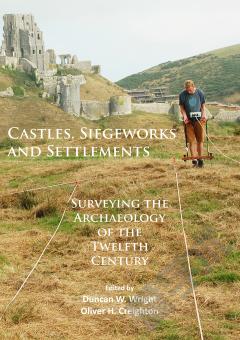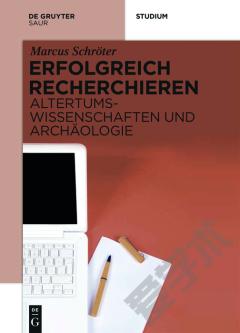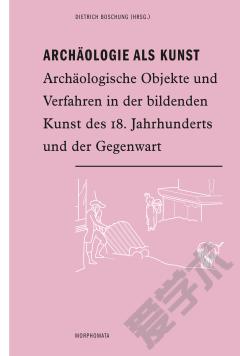Castles, Siegeworks and Settlements —— Surveying the Archaeology of the Twelfth Century
----- 城堡、围城和定居点:十二世纪的考古学考察
This volume comprises thirteen reports detailing fieldwork undertaken by a research project which sought to assess the archaeological evidence of the period of conflict that took place in mid-twelfth-century England popularly known as ‘the Anarchy’. The reign of King Stephen (ad 1135– 54) was characterised by a protracted struggle for power between forces loyal to the crown and those who supported the Angevin claim of his cousin and rival, the Empress Matilda. Alongside a succession of bitter rebellions the war also saw large-scale Scottish invasions into, and occupation of, large parts of northern England as well as border warfare on the marches between England and Wales and a struggle for control of Normandy. While the period is infamous for the proliferation of conflict, castle-building and siege warfare, and for a breakdown of royal government, its characterisation as ‘the Anarchy’ is now challenged by historians, however. As previous understanding of this tumultuous period had rested almost entirely upon interpretation of written sources, Anarchy? War and Status in Twelfth-Century Landscapes of Conflict was a programme of research which systematically studied the archaeology of mid-twelfth century England for the first time. A major component of the project was the targeted archaeological investigation of selected case study locations across England. Geophysical and topographic surveys were supplemented with archival, documentary and cartographic analyses in order to reveal the character and chronological development of a sample of potential Anarchy-period sites and landscapes. The current volume represents the product of these endeavours, presenting self-contained reports of the sites where these investigations took place, arranged alphabetically.
{{comment.content}}








 京公网安备 11010802027623号
京公网安备 11010802027623号